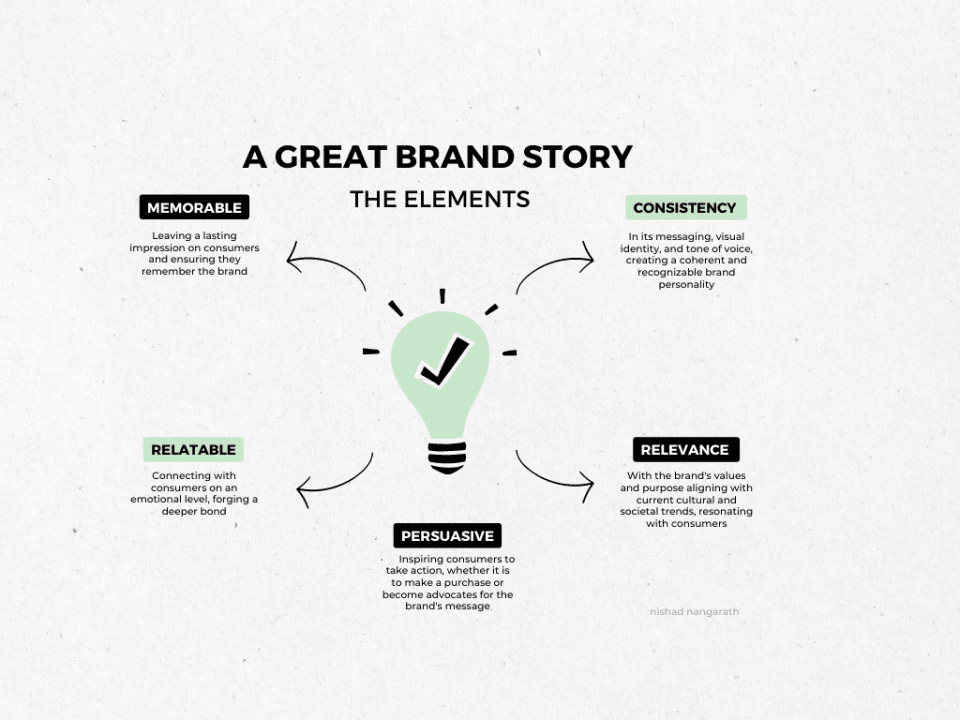In today's competitive business landscape, it's not just about what you sell; it's about the story you tell. Your brand story is the narrative that defines who you are, what you stand for, and why you matter to your audience. It's the emotional connection that sets you apart from the competition and resonates with your customers. In this guide, we'll walk you through the essential steps to define your brand story for your business.

1. Start with Self-Reflection
Before you can tell your brand's story, you must understand it yourself. Begin with some introspection:
- What inspired you to start your business?
- What are your core values and beliefs?
- What is the mission and vision of your company?
- What makes your product or service unique?
- Who is your target audience, and what are their pain points?
These questions will help you uncover the essence of your brand and lay the foundation for your story.
2. Identify Your Unique Selling Proposition (USP)
Your USP is what sets you apart from the competition. It's the reason why customers should choose you over others. Consider what makes your product or service special:
- Is it a unique feature or technology?
- Is it exceptional quality or customer service?
- Is it a compelling brand mission or social responsibility?
Highlighting your USP in your brand story will make your narrative more compelling.
3. Connect Emotionally
Emotions play a powerful role in branding. People remember stories that evoke emotions. Think about how you want your audience to feel when they interact with your brand. Do you want to inspire, entertain, comfort, or empower them? Your brand's emotional tone will shape your story.
4. Define Your Brand Archetype
Archetypes, such as the Hero, the Rebel, or the Caregiver, can help define your brand's personality and narrative style. Choose an archetype that aligns with your brand values and resonates with your audience.
5. Craft a Compelling Narrative
Now it's time to weave all these elements into a cohesive story. Start with a compelling hook that grabs your audience's attention. Then, take them on a journey:
- Introduce the problem: What issue or challenge does your audience face?
- Present your brand as the solution: How does your product or service solve their problem?
- Highlight the transformation: Show how your customers' lives are improved after using your product or service.
- End with a call to action: What should your audience do next? Invite them to be a part of your brand's story.
6. Be Consistent
Consistency is key to a strong brand story. Ensure that your narrative is consistent across all touchpoints, from your website and social media to your marketing materials and customer interactions.
7. Share Authentically
Authenticity is vital. Be true to your brand and values. Avoid exaggeration or false claims, as they can damage your credibility.
8. Evolve Your Story
A brand story is not static; it can evolve as your business grows. Regularly revisit and refine your narrative to reflect your current mission, values, and achievements.
Conclusion
Defining your brand story is a crucial step in building a meaningful connection with your audience. It's not just about what you sell but why you sell it and what makes your brand unique. With a compelling and authentic brand story, you can create a lasting impression and build a loyal customer base that believes in your mission and values. So, take the time to craft your brand narrative and let your story be a driving force behind your business's success.

